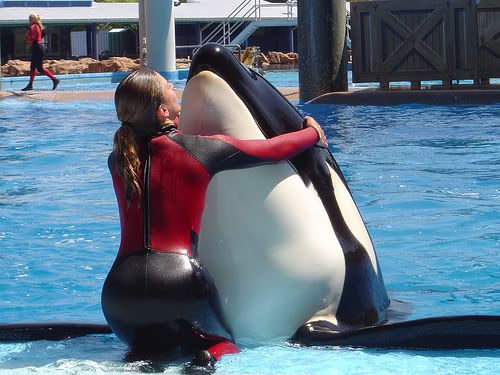- Dog attack leaves three injured
- *Wolfdog* hybrids Harmless pets or wild by nature CTV News
- Samaritan stops dog attack
- Suncoast Primate Sanctuary news in Florida | Outside.in *…*
- First blood test unveiled for cancer detection in dogs
February 19, 2010
February 19, 2010 – A British Columbia ruling holds owners liable for their wolf-hybrid attack. Read for more on this issue and see the Wolf Dog Series at https://www.arkanimals.com for additional details surrounding these animals.
February 19, 2010
February 19, 2010 – This attack was kept under the radar. Captive chimps can be very aggressive. This incident boils down to human error once again.
February 19, 2010 – This is great news for early cancer detection–maybe for multiple species.


